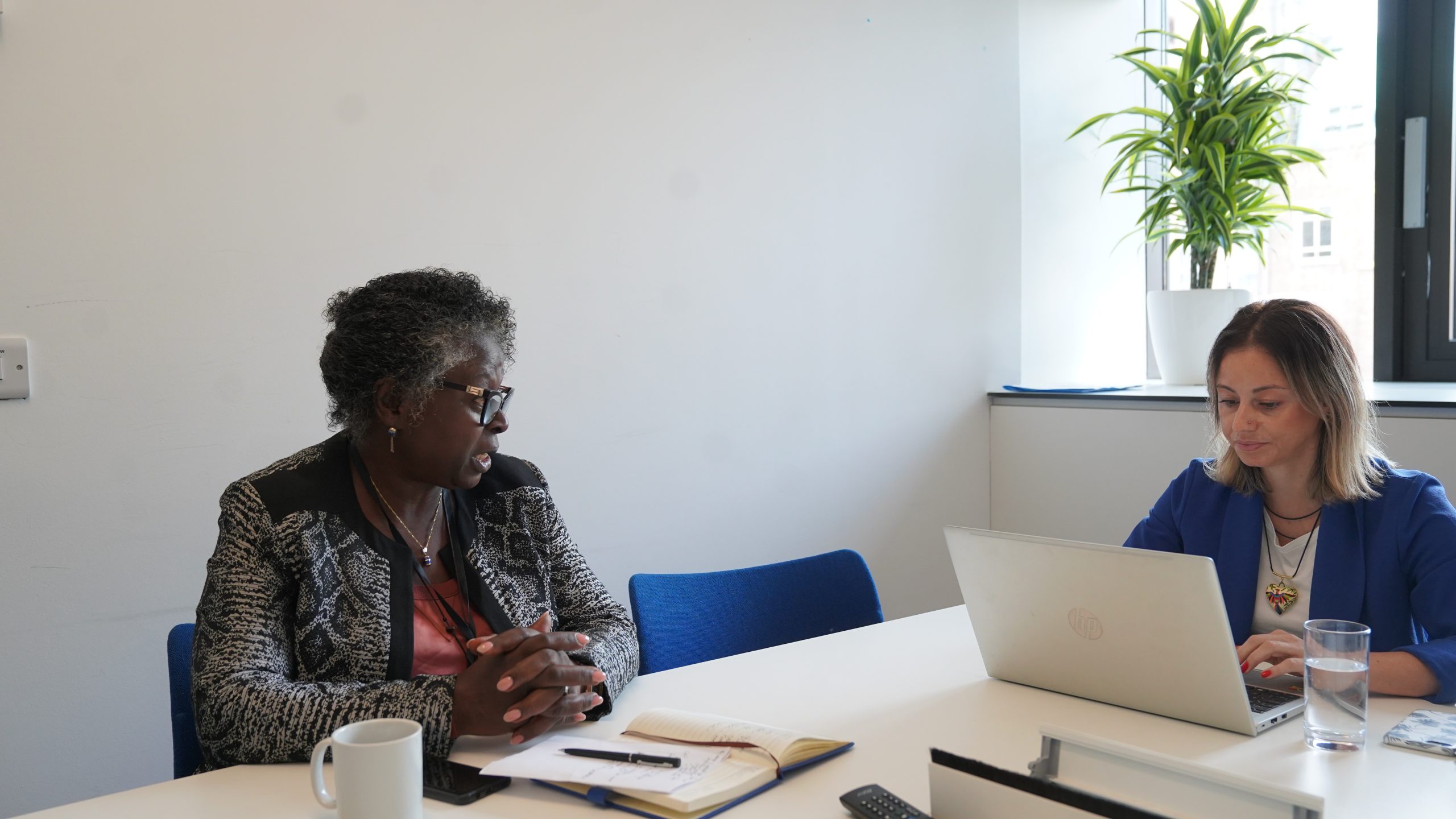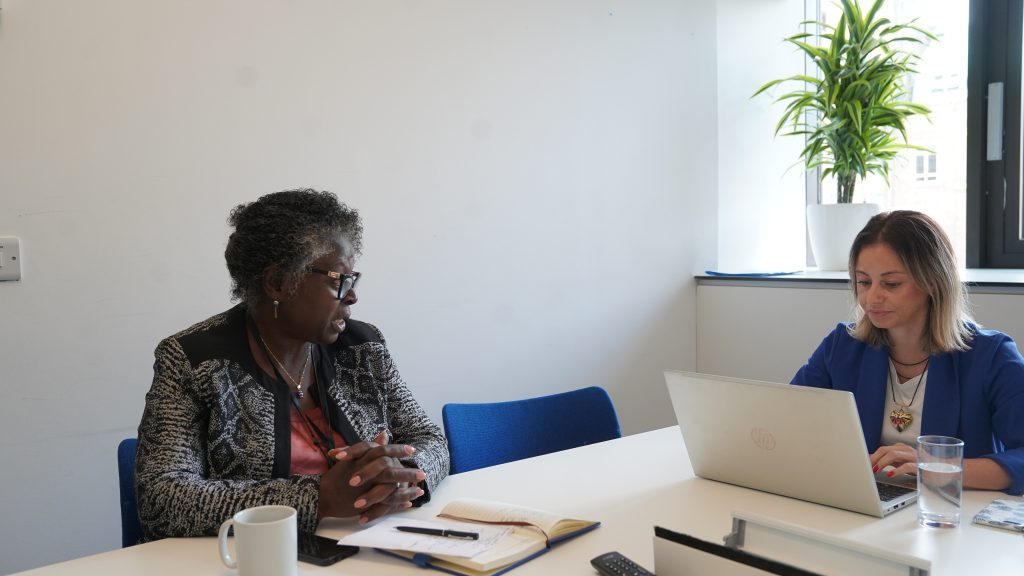News
Cameroon’s National Ecosystem Assessment: Developing a knowledge base for the wider African continent

News | Jun 2025
Prudence Tangham Galega, co-chair of the Cameroon National Ecosystem Assessment, discusses key milestones achieved during Cameroon’s assessment journey, the challenges faced, and obstacles overcome along the way. Having trained as a judge, Prudence has held senior leadership roles in environmental protection across Africa. She is currently the Director of the Multimedia Legal and Judicial Centre of the Ministry of Justice and was previously Permanent Secretary of the Ministry of Environment in Cameroon. This conversation occurred during the National Ecosystem Assessment (NEA) Initiative’s Global Workshop in September 2024 in Cambridge, UK.

Fabiana Spinelli (FS), NEA Initiative: Please tell us about your role in the Cameroon National Ecosystem Assessment, and how this has supported other ecosystem assessments in Africa.
Prudence Galega (PG): My knowledge, experience and capacities in the Cameroon National Ecosystem Assessment have played a critical role in enabling me to deliver during the preparations and negotiation of the KMGBF, especially during and post-COP15.
The springboard for my engagement in national ecosystem assessments was the ‘corridor talks’: bilateral meetings I had during the IPBES [Intergovernmental Science-Policy Platform on Biodiversity and Ecosystem Services] meetings, especially with UNEP-WCMC, that led to the conception of the NEA Initiative. These talks were critical in helping me understand the needs of national-level ecosystem assessments. As I had a lead political role in my country at the time, I capitalized on my position to see how we could jumpstart NEAs in Cameroon. Thanks to the support of UNEP-WCMC and the International Climate Initiative of the German government, a Cameroon initiative was able to take off.
I was delighted that I could facilitate the establishment of a national science-policy platform during the [Cameroon NEA] process: a multi-stakeholder body headed by the ministers in charge of environment, forest, and scientific research. This was one of the major achievements of our work and was very useful in providing validation of our deliverables.
I was the co-chair for the Cameroon NEA, working closely with Dr Hiol Hiol, as my co-chair from the scientific community. Sadly, he is no longer with us, but I recognize him for his dedicated work and our strong collaboration. We coordinated input from over 50 experts who authored the assessment. We had 22 coordinating leads and authors, as well as expert co-authors who facilitated the inclusion of traditional knowledge.
FS: Can you tell us about the communication process for the Cameroon assessment and some of the challenges you’ve faced?
PG: Where countries appoint communications focal points, they make progress. They develop a communication strategy and implement its activities, but some countries lack capacity.
For Cameroon, we started with a communication and awareness plan. We faced significant challenges. Trying to bring together science and communication was very complex. The communication team's engagement was very weak, and as a result effective communication only started as the assessment ended.
We did succeed in communicating some of the core messages from the assessment through the media, but were less able to develop the communication tools that comprehensively outlined what these findings were.
Understanding the impact of the arts was a great lesson at the NEA Initiative's annual global workshop. Songs, paintings and drawings create awareness and communicate findings. Traditional knowledge systems have messages that can be visually communicated. We are still at the onset of effective communication, and we hope that these practices and approaches will be integrated into our strategy.
This is an extract from the full interview with Prudence Tangham Galega. For the complete discussion, covering topics such as the impacts of the Cameroon process beyond the national level, and the potential challenges of starting a national ecosystem assessment, click here.
Over the course of our ‘Voices from the NEA Initiative’ series, we’ll speak to practitioners, policymakers and Indigenous and Local Knowledge Holders from across the NEA Initiative’s partner countries. We’ll learn more about their assessment experiences, their insights and advice for those beginning an NEA process.
Have a query?
Contact us
communications@unep-wcmc.org
